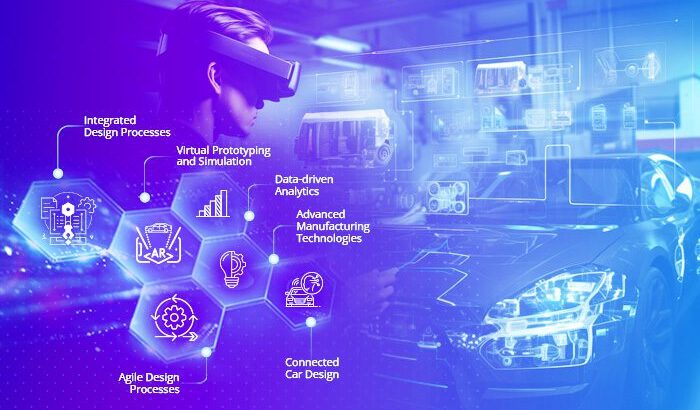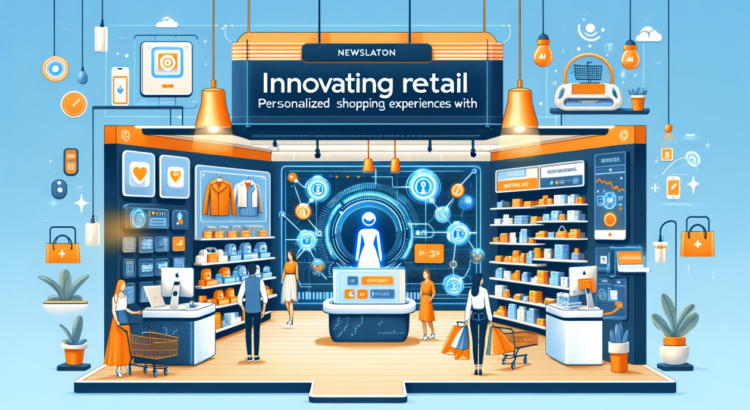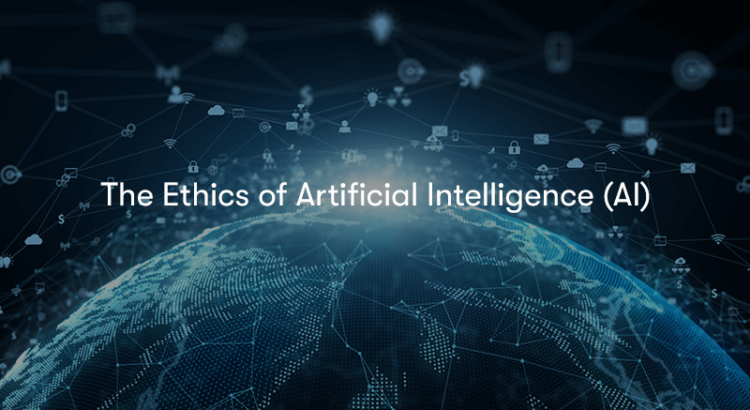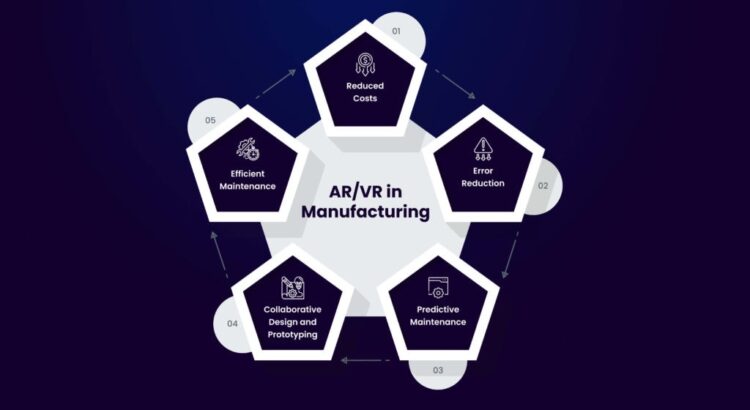The automotive industry has always been at the forefront of innovation, from the introduction of assembly lines to the adoption of robotics in production. Today, the next major shift in the industry is being driven by digital transformation-a change powered by smart technologies like the Internet of Things (IoT), Artificial Intelligence (AI), data analytics, and Augmented Reality (AR).
Among these, AR has emerged as one of the most impactful tools, blending the physical and digital worlds to enhance everything from design to production, training, and maintenance. Auto manufacturers around the world are increasingly realizing how AR can make their operations faster, safer, and more efficient.
Understanding AR in the Manufacturing Context
Augmented Reality (AR) overlays digital information-such as 3D models, diagrams, or data-on top of real-world objects through a smartphone, tablet, or AR headset. Unlike Virtual Reality (VR), which creates an entirely digital environment, AR enhances the physical environment with interactive digital elements.
In automotive manufacturing, this capability means that engineers, designers, and technicians can visualize, analyse, and modify complex machinery or vehicle components in real time, without needing physical prototypes or printed manuals. It’s a leap toward smarter, data-driven production lines.
1. Enhancing Product Design and Prototyping
Before a car hits the production floor, it goes through several design and testing phases. Traditionally, creating prototypes involved expensive materials and long development cycles. AR changes that by allowing designers to project 3D models of vehicles or components onto real-world surfaces, making it possible to test form, fit, and functionality virtually.
Teams can collaborate remotely, examine design flaws instantly, and make necessary adjustments without building multiple prototypes. This approach not only reduces costs but also accelerates innovation cycles, allowing automakers to bring new models to market faster.
2. Improving Production and Assembly Line Efficiency
AR is proving to be a game-changer on the factory floor. Assembly line workers can wear AR glasses or use tablets to receive step-by-step instructions projected directly onto the parts they’re working on. This eliminates the need for paper manuals and reduces human error significantly.
For example, if a technician is assembling an engine component, the AR system can highlight which bolt to tighten next, display torque specifications, or warn if a part is placed incorrectly. Such real-time visual guidance boosts productivity, ensures precision, and enhances worker safety-all critical elements in auto manufacturing.
3. Streamlining Maintenance and Quality Assurance
Machine downtime is a major issue in the automotive sector, where every minute lost translates into production delays and financial losses. AR solutions are helping maintenance teams minimize these disruptions. By using AR glasses, technicians can visualize the internal structure of complex machinery, identify faulty components, and follow guided repair procedures without dismantling entire systems unnecessarily.
Additionally, AR-driven quality assurance enables inspectors to overlay digital CAD models onto physical parts to detect deviations, misalignments, or defects in real time. This immediate feedback loop allows manufacturers to maintain stringent quality standards while reducing rework.
4. Transforming Workforce Training and Skill Development
The automotive industry is witnessing a skills gap as new technologies demand different capabilities from the workforce. AR-based training programs are bridging this gap effectively. Instead of relying on lengthy classroom sessions or trial-and-error learning on the production floor, new employees can use AR headsets to experience immersive, hands-on simulations.
Trainees can learn to assemble complex vehicle systems, understand safety procedures, or even practice troubleshooting-all in a risk-free virtual environment. This not only improves retention and confidence but also allows organizations to train large teams quickly and consistently.
5. Enabling Remote Assistance and Collaboration
Global auto manufacturers often operate across multiple plants and geographies. When an issue arises in one location, having an expert on-site can be time-consuming and expensive. AR enables remote collaboration, where specialists can see exactly what the on-site worker is viewing through their AR device and guide them in real time.
This real-time visual communication accelerates problem-solving, reduces travel costs, and keeps production lines running smoothly. It’s a vital component in maintaining agility in today’s globally connected manufacturing environment.
6. Data Integration and Predictive Insights
AR, when combined with IoT and AI, takes digital transformation to another level. For instance, AR interfaces can display live performance data from sensors installed on machines, helping operators identify potential issues before they escalate. Predictive maintenance powered by AR ensures that machines are serviced at optimal times, reducing downtime and extending their lifespan.
This seamless integration of AR with data analytics enables manufacturers to make informed, proactive decisions-shifting from reactive repairs to predictive management.
The Road Ahead for AR in Auto Manufacturing
The adoption of AR in auto manufacturing is still growing, but the benefits are already evident. From concept to customer delivery, AR is making processes more connected, intelligent, and efficient. As AR hardware becomes more affordable and software solutions more customizable, the barriers to entry are quickly diminishing.
Future innovations could include AI-driven AR assistants, real-time analytics dashboards, and fully integrated digital twins-allowing manufacturers to simulate, visualize, and optimize every stage of vehicle production in a unified digital ecosystem.
Conclusion
AR is no longer a futuristic concept-it’s a vital part of the digital transformation journey for the automotive industry. By merging the physical and digital worlds, AR is redefining how vehicles are designed, built, and maintained. Manufacturers who embrace this technology are not just improving operational efficiency but also building resilience, agility, and a stronger competitive edge in an evolving marketplace.
At Razorse Software, we help automotive companies accelerate their digital transformation by developing innovative AR-based and data-driven solutions that enhance productivity, efficiency, and business growth.
#DigitalTransformation #AugmentedReality #AutoManufacturing #ARSolutions #RazorseSoftware #Industry40 #SmartManufacturing #Innovation





